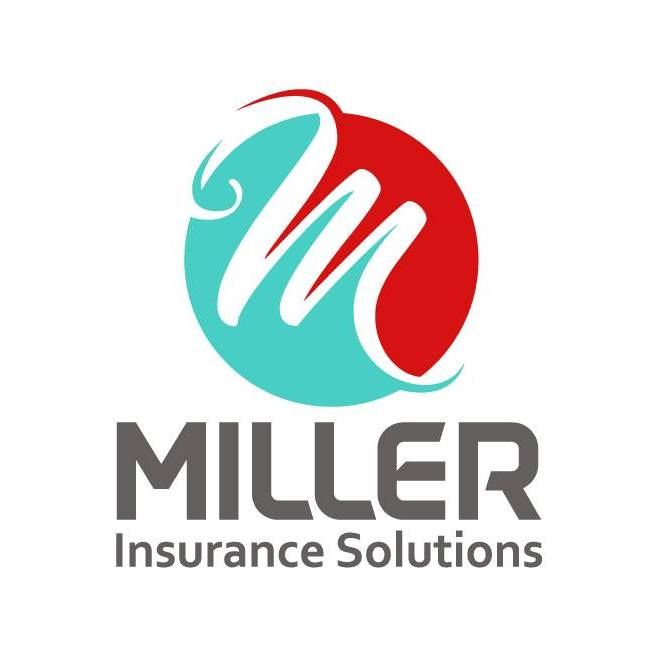Understanding Medicare Coverage Options: A, B, C, and D
Becky Miller
Exploring Medicare Parts A and B
Medicare, the federal health insurance program for those 65 and older, or for certain younger individuals with disabilities, is divided into several parts. Part A is your hospital insurance. It covers inpatient hospital stays, care in a skilled nursing facility, hospice care, and some home health care. Meanwhile, Part B is medical insurance that covers outpatient care, doctor services, preventive services, and some home health visits.
The Benefits of Medicare Part C
Medicare Advantage Plans, known as Part C, offer an alternative to Original Medicare (Parts A and B). These are offered by private companies approved by Medicare and include all Part A and B benefits, often with additional benefits like vision, dental, and hearing, plus prescription drug coverage.
Prescription Coverage with Medicare Part D
For prescription drugs, Medicare Part D comes into play. This stand-alone prescription drug coverage helps cover the cost of prescription medications and can be added to Original Medicare or included within a Medicare Advantage Plan (Part C).
How They Work Together
Understanding how these parts work together can help ensure comprehensive coverage. Original Medicare (Parts A and B) lays the foundation, while Parts C and D offer expanded benefits and cost-saving options. Each beneficiary can choose the combination of parts that best fits their healthcare needs.
How Miller Insurance Services Can Help
Navigating Medicare coverage options can be complex, and that's where Miller Insurance Services steps in. Our team is dedicated to guiding you through each part, ensuring you understand the benefits and limits while helping you choose a plan that best suits your needs.
Medicare can be overwhelming, but understanding these 'Medicare coverage options' is essential to making informed healthcare decisions. Let us help you secure the coverage you deserve.













